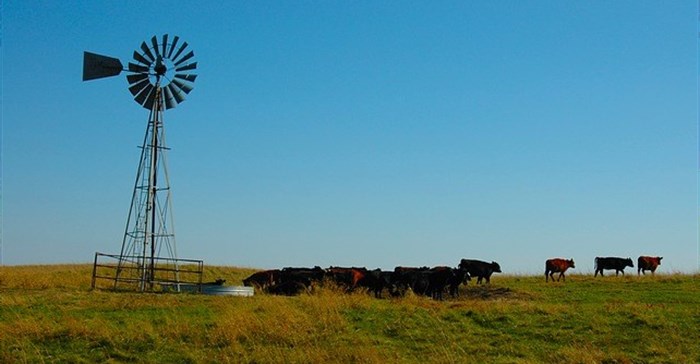The livestock industry is one of the fastest growing sectors of the agricultural economy, contributing approximately 40 percent of the global value of agricultural production. Most of this growth is in response to global changes such as a growing and increasingly urbanised human population, accompanied by an increase in meat consumption.
This trend is also reflected in Southern Africa where livestock production contributes up to 40 percent of agriculture GDP in some countries. Of increasing importance is the contribution of livestock to household income, food, and nutrition security. For most of the smallholder farmers and pastoralists, livestock is essential for diversifying income sources, investment and risk management, providing manure/fertilizer, draught power, and transportation as well as for social and customary functions.
Livestock sector impacted by climate change
Lately, however, livestock production in the region has been severely affected by evolving climatic patterns that have resulted in an upsurge in livestock diseases, rangeland degradation, and limited access to water. The 2015/16 El Niño-induced drought resulted in more than 640,000 livestock deaths, mainly in Lesotho, South Africa, Swaziland, and Zimbabwe.
Outbreaks of anthrax were reported in Lesotho and Zimbabwe, and Foot and Mouth Disease (FMD) outbreaks, in northern Namibia, southern Angola and Zimbabwe. It is not surprising therefore that livestock-related interventions are a crucial component of emergency agricultural responses.
Findings from livestock needs assessments, conducted recently in several countries in the subregion, revealed the limited capacity of in-country agencies and government staff involved in the design, implementation and assessment of emergency livestock programmes, to effectively respond to the effects of El Niño on the assets and livelihoods of vulnerable livestock keepers. In addition, the findings showed significant/serious gaps in the governments and partners capacities to prepare for emergencies, design and implement response and recovery interventions.
Read the full article on Agri Africa.


































